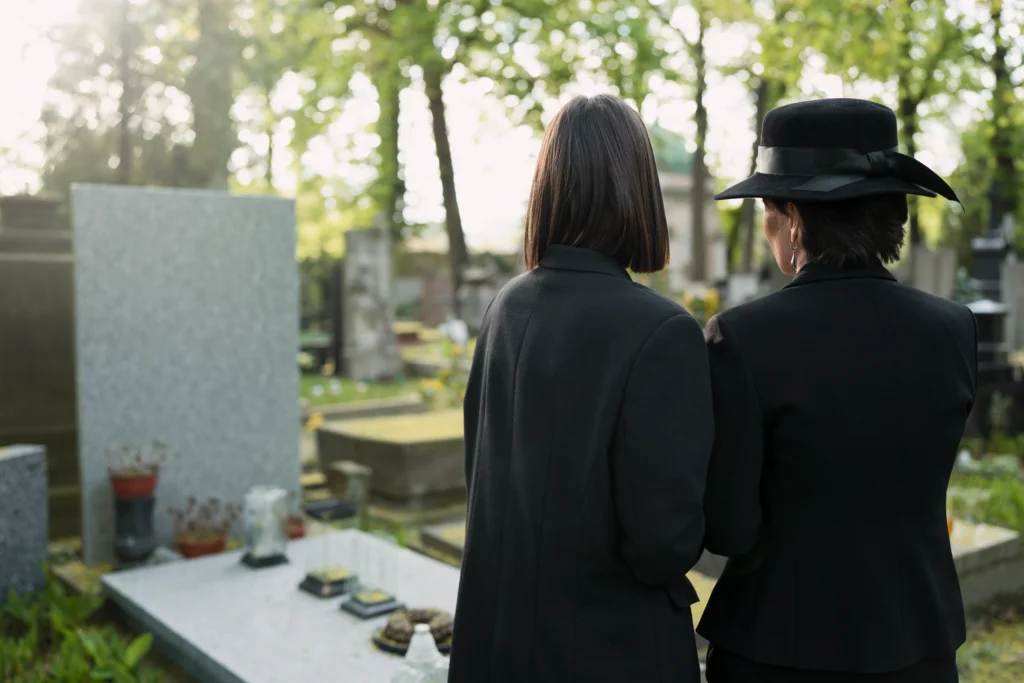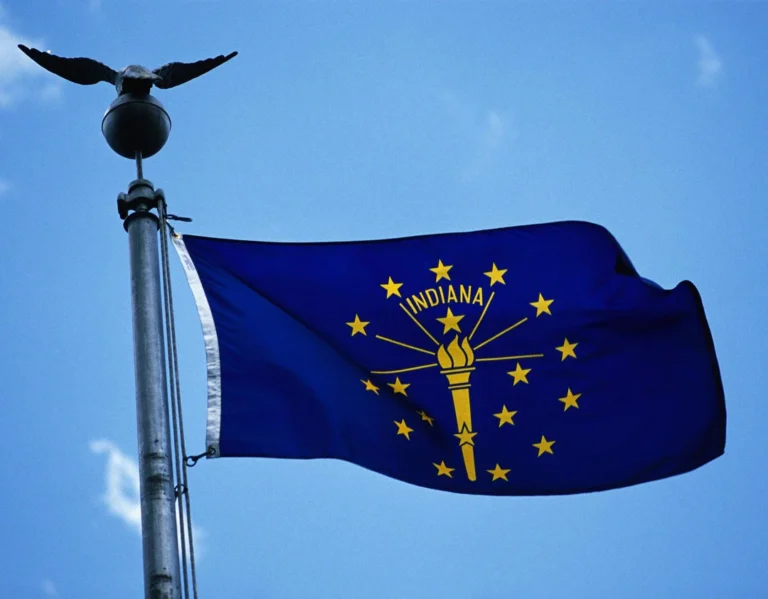Date of Death Appraisals often come up right when families are trying to make sense of everything after losing someone. It’s one of those terms that sounds formal, maybe even cold, but it actually plays a big role in bringing order and fairness to an emotional situation.
So, let’s talk about what it really means.
What Is a Date of Death Appraisal?
A Date of Death Appraisal is simply a professional estimate of what a property was worth on the day someone passed away. Think of it as a snapshot in time, what the home would have sold for on that date, based on the market, condition, and neighborhood back then.
It’s not about today’s prices. It’s not about future potential. It’s about that single moment.
Appraisers look at comparable home sales from around that date, take note of upgrades or damage, and then give an unbiased value. That value gets used for taxes, probate, and dividing things fairly among family members.
Why Is It So Important?
When someone dies, their assets don’t just disappear. They become part of an estate that needs to be properly valued. The government wants accurate numbers for tax purposes, and families need them to avoid arguments or confusion.
That’s where a Date of Death Appraisal becomes essential. It sets an official fair market value so everyone from heirs to accountants works from the same number.
It also determines what’s called a step-up in basis. Here’s what that means: the property’s value gets “stepped up” to what it was worth at the time of death. Later, when it’s sold, the heirs only pay taxes on the profit made after that value, not from when the property was first bought decades ago.
Without that appraisal, the tax difference could be massive.
When Is a Date of Death Appraisal Needed?
Most people need one in situations like:
- Filing estate taxes
- Dividing property among heirs
- Going through probate
- Selling an inherited home
- Calculating capital gains later
And it’s not just about houses. Jewelry, artwork, collectibles, even businesses, all can require valuation as of the date of death.
How Does It Work?
Here’s how a Date of Death Appraisal usually unfolds:
- The inspection: The appraiser visits the property, takes pictures, notes features, condition, and layout.
- The research: They look up similar properties that sold close to the date of death to find fair comparisons.
- The analysis: Adjustments are made for size, improvements, or wear and tear.
- The report: Everything is documented data, photos, market analysis, and wrapped up in a clear report with the final number.
It’s worth noting that even if months have passed since the person’s death, the appraiser uses data from that original time frame. That’s what makes it a “retrospective” appraisal.
How Soon Should It Be Done?
There’s no strict deadline for getting it done, but sooner is usually better. Most appraisals are ordered within a few months of the person’s passing. The key thing is that the valuation always reflects the market as of the date of death, not the day the appraiser visits.
So, even if someone passed in January and the appraisal happens in April, the report still focuses on January’s market activity and prices.
What If the Market Drops or Rises Later?
Markets change all the time. But the Date of Death Appraisal doesn’t change with it, it’s frozen at that moment.
However, there’s one exception. The IRS allows something called an alternate valuation date, which is six months after the date of death. Sometimes executors use that if the market fell and it helps lower the estate’s taxable value.
| Valuation Type | Reference Date | Why It’s Used |
| Date of Death Appraisal | Exact date of passing | Standard valuation for taxes |
| Alternate Valuation | Six months after death | Optional IRS method to reduce taxes |
What Does the Appraiser Need From You?
To keep things smooth, have a few things ready before the appraisal:
- Death certificate (to confirm the date)
- Property deed or title
- Recent tax assessment or property card
- Notes on recent repairs or renovations
- Any old appraisals or surveys
The more accurate info the appraiser has, the clearer the final valuation will be.
What Does It Cost?
For most homes, a Date of Death Appraisal costs between $400 and $800. Larger properties or those with multiple structures may run higher. It’s money well spent. A professional, certified appraisal carries legal weight. Online tools or family estimates can’t be used for taxes or probate, only a licensed appraiser’s report can.
Who Orders It?
Usually, the executor or personal representative of the estate is responsible for ordering the appraisal. Sometimes the attorney or accountant coordinating the estate will handle it.
The appraiser must be independent, not a family member or anyone with a financial interest in the property. Executors should also check that the appraiser is licensed in the state and experienced with retrospective appraisals, not just mortgage valuations.
Mistakes That Can Cause Trouble
Even though it sounds simple, there are a few common slip-ups that can cause problems down the road:
- Using an appraiser who doesn’t do retrospective work
- Forgetting to provide key documents or the correct date
- Relying on Zillow or market estimates instead of an official report
- Waiting too long, making data harder to verify
These small errors can delay estate settlement or even trigger tax issues later.
What You’ll See in the Final Report
A solid Date of Death Appraisal includes:
- Property description and photos
- Comparable sales data
- Adjustments for differences between homes
- Market conditions at that time
- Final appraised value
It’s a complete record, something that can stand up in court or during an IRS review if needed.
How It Affects Taxes
Here’s a quick example to make it clear why accuracy matters.
| Detail | Amount |
| Original purchase price | $150,000 |
| Date of Death Appraised value | $550,000 |
| Sale price (two years later) | $560,000 |
| Taxable gain | $10,000 |
Without that appraisal, the taxable gain might have been calculated from the original purchase, a difference of $410,000. That’s the power of getting it right.
Conclusion:
At first, the phrase Date of Death Appraisals might sound like just another bit of paperwork. But once you understand what it does. setting a fair, factual value at a sensitive time, it becomes clear why it matters.
It protects families, prevents disputes, and helps ensure taxes are fair and accurate.
The “it” that started this article refers to the process of determining the fair market value of a property as of the date the owner passed away, the very core of what Date of Death Appraisals are all about.
Frequently Asked Questions
What’s the main purpose of a Date of Death Appraisal?
To find out what a property was worth on the day the owner passed, for taxes and estate records.
Who needs it?
Executors, heirs, estate attorneys, or accountants handling estate settlements.
Can it be done months later?
Yes. It’s a retrospective appraisal, so it’s based on past market data.
Is it required by law?
For taxable estates or probate, yes, it’s often mandatory.
Who pays for it?
Usually, the estate covers the cost.
Can it apply to personal items too?
Yes, art, jewelry, collectibles, and more can be appraised as of the date of death.
How long does it take?
Most are completed within one to three weeks.
Can the value change later?
No, it’s fixed to that date, though an alternate valuation can be used if allowed.
How do I find the right appraiser?
Check your state’s licensing board or professional organizations like the Appraisal Institute.
What if no appraisal is done?
You risk inaccurate taxes, estate delays, or disputes among heirs.



